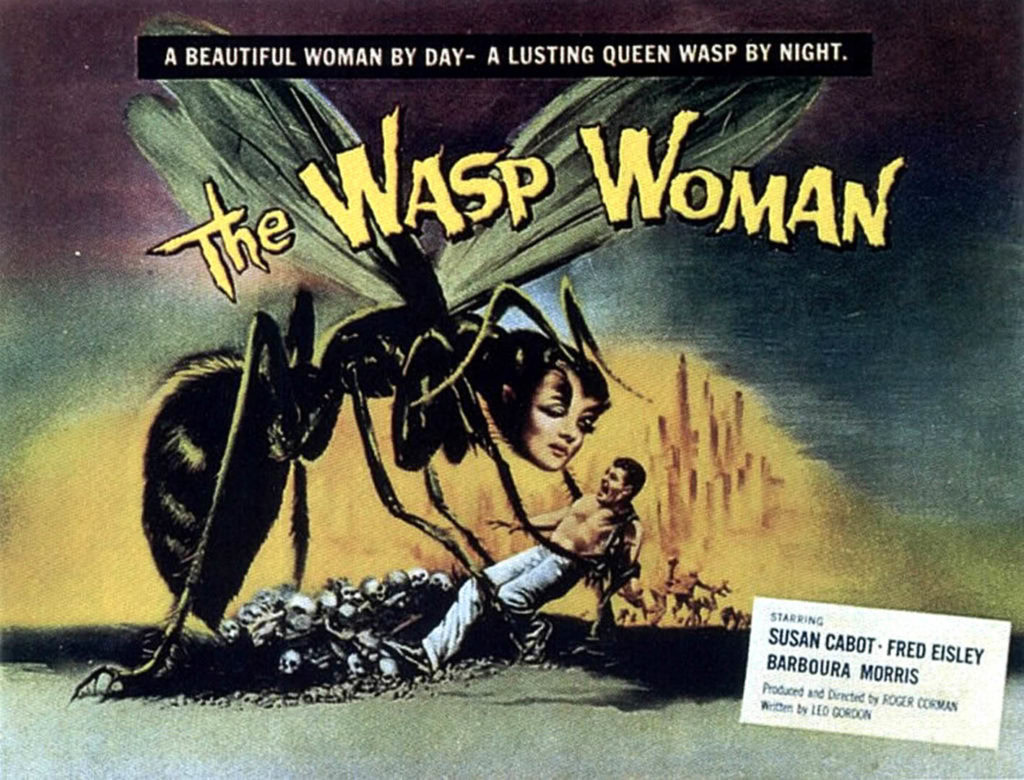
Corman began the 1960s making AIP-adjacent monster Bs, like The Wasp Woman (1959). It centers on the same concept as The Fly a year earlier – the mixing of human and insect parts – but it had around a tenth of the budget of the Fox pic. The Wasp Woman was shot over two weeks on a $50,000 budgetNonetheless, Corman finds ways to introduce his signature flair.
Continue reading “The Wasp Woman (1959)”